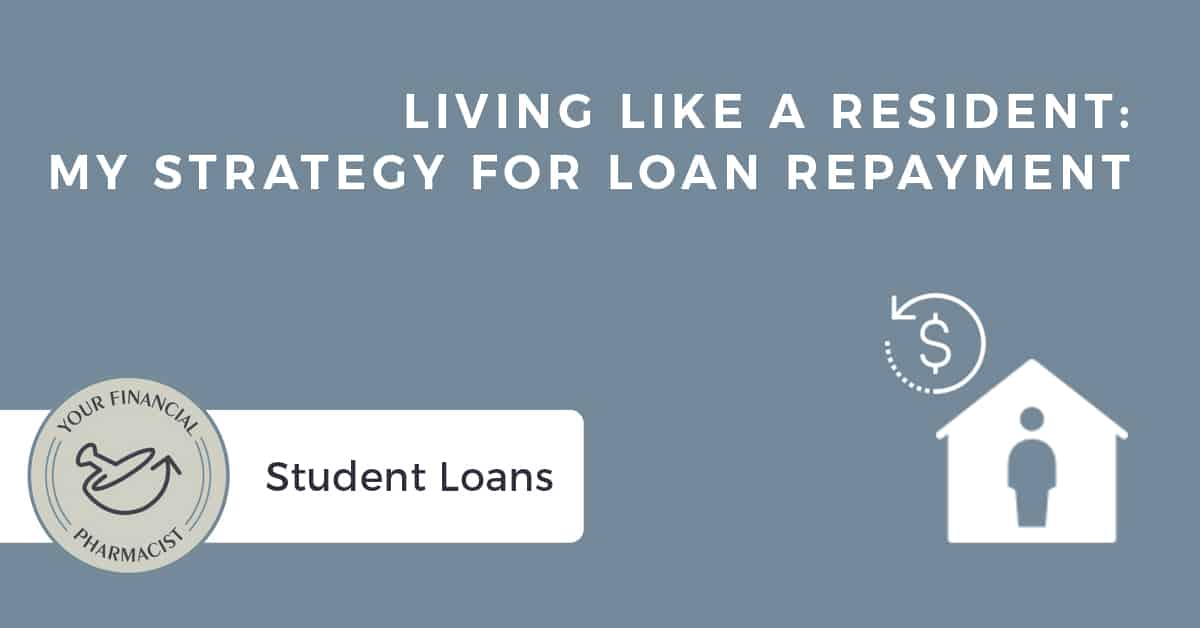Term life insurance
Whole life insurance
Term life insurance
Whole life insurance
This is a two-part blog series detailing my fees. This post will cover why I left my old firm and switched to the fee-only model. The second post will cover the reasons why I charge based on income and net worth.
One of the things that fired me up about launching Script Financial was the prospect of running a fee-only firm. Why is this so important to me? It’s important because the fee-only model is best suited for financial planners who want to give their clients sound, unadulterated financial advice. Pricing that involves commissions or other kickbacks to sell products introduces conflicts of interest that just aren’t needed. There’s a better way.
Ask your advisor how they get paid and if they bumble around about the commissions they earn over here and the fees they receive over there, take pause! This advisor is probably a fee-based (or commission and fee) advisor that earns fees on money they manage AND commissions on mutual funds, insurance and/or annuity contracts they sell. I know this because I used to be a fee-based advisor and it was a question that I muddled through and, frankly, felt uncomfortable with. This was especially true after I discovered the fee-only model.
To be clear, fee-based advisors are NOT bad people and I have great relationships with many of my old coworkers. The majority of the time, these advisors will act in the best interest of the client. My question is this: why would you even want to put yourself in a situation where you could potentially put your own interests in front of the clients? What if money is tight or you really want to take the fam on that European vacation you’ve been promising? Doesn’t that bring temptation into the mix when there need not be? I decided to take those situations off the table and went the fee-only route. It’s a route I feel comfortable with because that is the way I would hire a financial planner if I was the consumer. And I think that’s a healthy thing to do…look at your business and operate how you would want to be treated. So I made the leap and I’m happy I did.
The problem is that the public is mostly unaware how advisors are compensated. I mean, I was in the industry for a year and a half before I actually understood what fee-only was! Most people believe that their advisor is working with their best interests in mind and that may not be the case. Most advisors operate under the suitability standard versus the fiduciary standard. Let’s put it another way. Say, I’m selling you a suit or a dress (depending on what you’re in the mood for that day). If I’m following the suitability standard that most advisors out in the world follow, I need only sell you a suit/dress that fits, not one that particularly looks good. I mean blue.. err… white might not even be in your color wheel!

But you want to look good, right? If I’m the suit or dress salesman following the fiduciary standard, I need to make sure that the suit/dress not only fits, but looks great on you too, which is in your best interest. It would look something like this:

So, becoming a fee-only advisor was a major catalyst to launch my own firm. But how would I charge clients aside from the fact that I wouldn’t accept commissions or kickbacks? Needless to say, I spent copious amounts of time determining how to charge client fees in order to a) truly help my clients meet their financial goals and b) build a sustainable firm, so I could be around for the long haul. I probably looked at 6 different variations of pricing. I made my pros and cons list and checked it twice. The research was diligent and tireless and it looked a lot like this:

What did I settle on? I chose a model that calculates the fee based on a client’s income and net worth. Quick side note: net worth is the number you get when you add up all the things you own (bank accounts, investments, property) and you subtract all the things you owe (student loans, credit cards, mortgage). This is your net worth or your personal balance sheet. However, in order to properly explain my model, I will often reference a pricing structure that is much more widely used in the industry, which is charging clients based on Assets Under Management (AUM). This is money in accounts, such as your traditional or Roth IRA or a brokerage (after-tax) investment account you set up to buy stocks and mutual funds. While this model proves useful for some (like older people who have investable assets), I believe it has a few shortcomings, mostly that many of my clients (and other GenX and GenY-ers) have yet to amass assets to manage. This does NOT mean that these clients do not need financial planning advice because most people do (heck, I need a financial planner because I need someone to be objective about my financial situation and hold me accountable to the goals I make!). Because of this fact, this demographic of people are often turned away and/or underserved. Check out my next post that will outline the 7 Reasons Why I Charge Based On Income and Net Worth.
The fee-only and income and net worth pricing model are what works for me and my firm, Script Financial. If you’re looking to hire a fee-only financial planner, you can find one by searching the National Association of Personal Financial Advisors (NAPFA) or the Fee-Only Network.
About Script Financial
Tim Baker, CFP®, is the founder of Script Financial, a fee-only firm based in Baltimore, MD that is dedicated to helping pharmacists and young professionals meet their financial goals. For more information on the services offered, contact Tim today.
*The following post contains affiliate links through which YFP LLC. receives compensation
A couple of years ago, my wife came home with some troubling news that really hit me hard. It made me take a deep look at my life and stop for a few minutes to think about what actually matters. Even though I didn’t know him, the passing of her friend’s husband sparked some strong emotions.
As a young guy, other than some very minor health issues, he was really healthy similar to me. However, at the young age of 33, he unexpectedly left behind a wife and four children. What made this even more upsetting is that as the sole income earner, the family was forced to move out of their home, and at least temporarily rely on family and friends for assistance with food and other supplies.
So here’s the question for you:
If you were to suddenly pass, would your children and or significant other be financially secure?
In other words, does anyone depend on you making an income?
If yes, then you need term life insurance.
Let’s face it. No one wants to talk about or pay for insurance
So what does having life insurance actually do? It makes a statement that you are putting your family first and can provide you with a sense of peace.
Several reputable companies offer term life insurance but it can take a lot of time and energy to get
multiple quotes. YFP has partnered with Policygenius, an online independent broker to help you
quickly shop multiple companies for the coverage that’s right for you. They have a very
user-friendly interface and their team will help you through the entire process from application to
signing a policy. You can even get an estimate without entering your personal information.
Limited the time we “held” money

This debt free story was written by Brent N. Reed, PharmD, BCPS-AQ Cardiology, FAHA. Dr. Reed received his Doctor of Pharmacy from the University of Tennessee College of Pharmacy in Memphis, TN and then completed a pharmacy practice residency and cardiology specialty residency at the University of North Carolina Hospitals in Chapel Hill, NC. He currently serves as an assistant professor at the University of Maryland School of Pharmacy and a clinical pharmacy specialist at the University of Maryland Medical Center, where he practices in the areas of advanced heart failure and cardiac transplantation.
As a faculty member at the University of Maryland School of Pharmacy, I’m frequently reminded of the concern students have for their loan debt. In one exercise in particular, I ask first-year students in my professionalism course to reflect on the opportunities and challenges facing them upon graduation, and loan debt inevitably rises to the top. The shadow it casts is so dreadful that students often cite it as a reason for ruling out potential career opportunities (e.g., post-graduate fellowship or residency training) that they might have otherwise considered.
I faced many of these same challenges when I first walked across the stage and accepted my diploma, but I’m here to share a reason to stay optimistic – it can be done, no matter which career path you choose. This past July, after two years of postgraduate training and five years of throwing every cent at my student loans, I’m proud to finally be debt-free. Below is the story of how I did it.
I graduated pharmacy school with a little over $90,000 in debt. Although I was fortunate to have not had any debt from my undergraduate studies, most of my loans from pharmacy school had interest rates of at least 7% – hardly what many would call “good debt.” Despite this impending burden, I was determined to complete residency training, which provided me several repayment options since I would only be making about $35,000 per year. By the time I entered residency in 2009, few lenders offered a deferment option (i.e., where trainees are not required to pay and their loans do not accrue interest), and mine was no exception. However, forbearance was an option for me, where I could opt out of making payments (which I could not afford at the time anyway), but my loans would continue to accrue interest. Doubting that there would be any point during residency where I would be able to make the minimum payment, I selected this option. Over the course of my two years of residency training, my debt grew to about $102,000.
Even though this was a little overwhelming at the time, I had made two important realizations. First, my parents were still only making about $35,000 per year as teachers of over 20 years (this is in the South, after all), and they had still been able to pay off their student loans, purchase a home, and raise two children. Second, I had lived fairly comfortably off of my resident salary. Now that I would be earning over three-fold that amount as a pharmacist, I realized that I could put a significant amount of that towards my student loans each month. In that moment, my strategy for loan repayment was born – I was going to live like a resident for the next five years.
Admittedly, living like a resident when it was no longer necessary did require some discipline. During my training, I avoided spending a lot of money because I simply could not afford to; as a pharmacist, it took willpower to make these same decisions. For example, it meant purchasing a reliable but economical car and renting a comfortable but not luxurious apartment. I also needed to account for several new expenses, including a car payment and monthly contributions to my emergency savings account. Nonetheless, I created a monthly budget using what I required during residency as a guide. I did splurge on a couple of items – a gym membership and music lessons, namely – but I considered these long-term investments in my health and well-being and well worth the expense. Even after accounting for these and other expenses, I not only had enough money to make minimum payments on my loans – I had double the amount.
To put this extra money to work, I used the avalanche approach, which is similar to the snowball method popularized by Dave Ramsey, only in the opposite direction. I had eight separate loans, each with a slightly different principal and interest, and my monthly minimum payment was the combined total of the minimum payments for each individual loan. Each month, after paying the combined total, I would put any remaining money towards the individual loan with the largest principle and highest interest rate. I continued to pay down this loan each month with extra money until it was completely paid off. Whatever amount that freed up in the total minimum payment (a substantial amount since it originally had the largest principal and highest interest rate), I would then add that to the extra money I would pay towards the loan with the next largest principle and next highest interest rate. Although the total amount of money I paid each month never changed, the amount I was putting towards the minimum payment decreased over time as the amount of extra money increased. Although it took me over a year to completely pay down the first loan, I paid off my last loan in less than four months.
To help preserve the extra money I could put towards my loans, I set-up autopay for my monthly bills and created automatic savings accounts to transfer funds from my main account with each paycheck. I had automatic accounts set up for emergency savings, professional use (e.g., memberships, conferences), personal use (i.e., large but infrequent personal expenses such as vacations, gifts, etc.), and extra loan payments (for the strategy outlined above). Automatically transferring these funds to separate accounts minimized the amount of money left over for indiscriminate purchases. Similarly, any unexpected windfalls (e.g., tax returns) were immediately distributed among savings accounts or put towards my loans so as not to influence my long-term spending habits.
In conclusion, it might seem like the strategy of living like a resident meant denying myself a lot of enjoyment for the first five years after residency. Although it certainly influenced my financial decision-making (for example, taking domestic rather than overseas vacations), I saw it more as a deferral rather than a denial. Besides, five years is hardly a price to pay for the sense of relief and financial security that comes with no longer seeing a loan bill every month. Although postgraduate training prevented me from being able to tackle my loans immediately after graduation, it did allow me to pursue a personally satisfying career and it taught me the discipline necessary for an effective long-term loan repayment strategy.
Recent Posts
[pt_view id=”f651872qnv”]